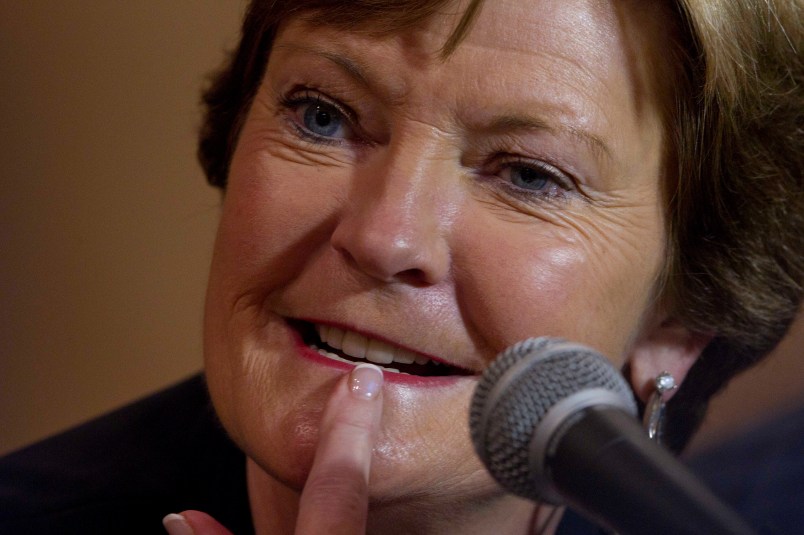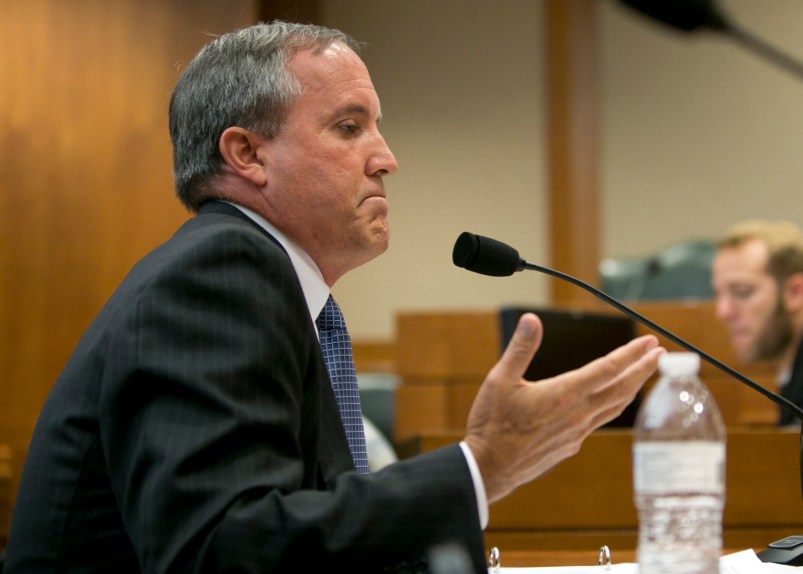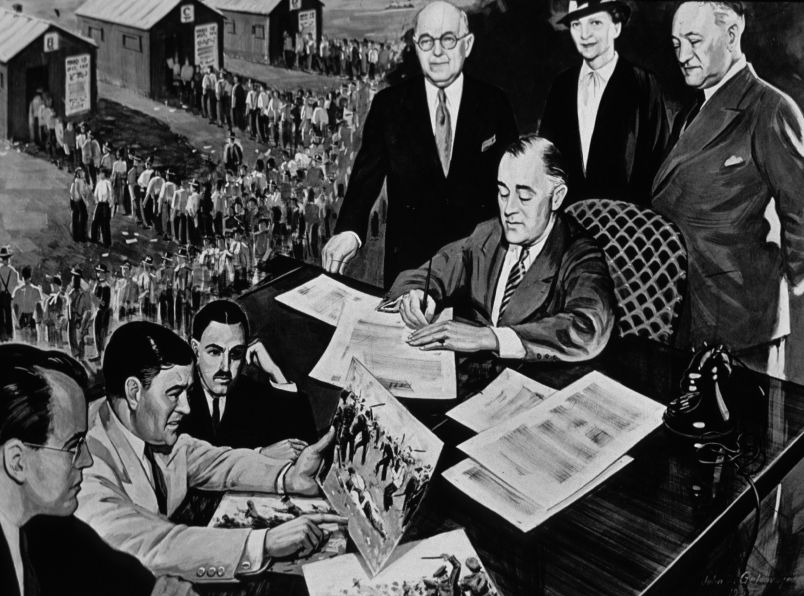Alzheimer’s disease is plaguing the public psyche in two ways — both as a global economic disaster waiting to happen and up close and personal as the insidious stalker in the room that anyone over 40 should fear. The pervasive, destructive, costly effects of this debilitating disease become even more profound as Baby Boomers age; doubling every five years after age 65.
Fear this intruder if you value your brain: your intellect, abstract thinking, the ability to communicate, your independence and dignity. According to researchers, the creep of entrapment begins 10 to 20 years before revealing itself through more obvious outward symptoms, eventually depriving not only an individual, but their family, of their future. The final insult- life ends with a final act of forgetting: the brain simply forgets how to breathe. Alzheimer’s disease affects as many as five million Americans and many millions more worldwide; it is, without any doubt, a devastating force in our aging planet.
Women are particularly affected by Alzheimer’s disease — almost two-thirds of patients are women. Medical research has been notoriously slow in digging deeply into gender differences, but as has been shown with heart disease, there are real and significant differences between men and women in how a disease presents, how it is diagnosed and how it is treated. The gender disparity with Alzheimer’s may be due in part to women’s longer lifespan, but current mild cognitive impairment (MCI) research suggests that men and women may differ in how the disease affects them.
In addition to being disproportionately affected by the disease, women across ethnicities are most often the caregivers of a family member with Alzheimer’s disease. Now there are two at risk: the patient and the caregiver. The 24/7 burden and intensity of care and the hyper-vigilance erodes women’s emotional and physical health. The same generation of women who fought for equal opportunities in the workplace is now being forced out because alternate care options for dementia patients are so costly and unsatisfactory.
Respectfully, we’re not alone – a higher percentage of men today care for an adult. Where women learn to live in the disease, men try to fix the unfixable even as they suffer the role reversal and anguish of having to diaper a parent or spouse. As caregivers, they juggle work, sometimes moving to part-time employment, give up employment entirely or retire early. They might raid whatever financial resources they have, including their own retirement funds, leaving themselves not only emotionally, but financially divested.
Now is the time to intensify the focus on gender differences in Alzheimer’s disease and to search for answers to questions about how these differences evolve. Why do women have more neurofibrillary tangles than men? Why do women’s brains shrivel at a faster rate than men? Why have studies pointed to greater inheritance of Alzheimer’s disease from the mother’s, rather than the father’s side? Why do female carriers of a gene that is a strong risk factor for Alzheimer’s disease, have significantly more memory disruption over time than men Understanding and characterizing these variations, and others yet to be discovered, will provide new avenues for the development of appropriate, tailored disease detection, treatment and prevention modalities for both men and women.
Like President Obama’s challenge to map the brain using big data, we have a unique opportunity to mine a rich resource of information gathered through studies such as the Alzheimer’s disease Neuroimaging Initiative (ADNI), a significant study of the progression of Alzheimer’s disease that is one of the great success stories of NIH/National Institute on Aging and private-sector funding. Challenging researchers to use existing big data as well as develop new methodologies to investigate any gender differences that may exist, could ultimately affect how we treat and – hopefully one day, prevent – this devastating disease.
November is National Alzheimer’s Awareness Month, but 30 days dedicated to the disease each year are not nearly enough. Advocacy around Alzheimer’s has lacked the passion so familiar in cancer and HIV/AIDS because caregivers are too worn out to protest. Once again it will take all women to find their voice, flip the pain, act up politically and declare Alzheimer’s unacceptable for our collective future. By any mindful measure we are, indeed, a generation out of time.
Meryl Comer is the President of the Geoffrey Beene Foundation Alzheimer’s Initiative, Co-Founder of WomenAgainstAlzheimers and an 18-year Alzheimer’s caregiver.









